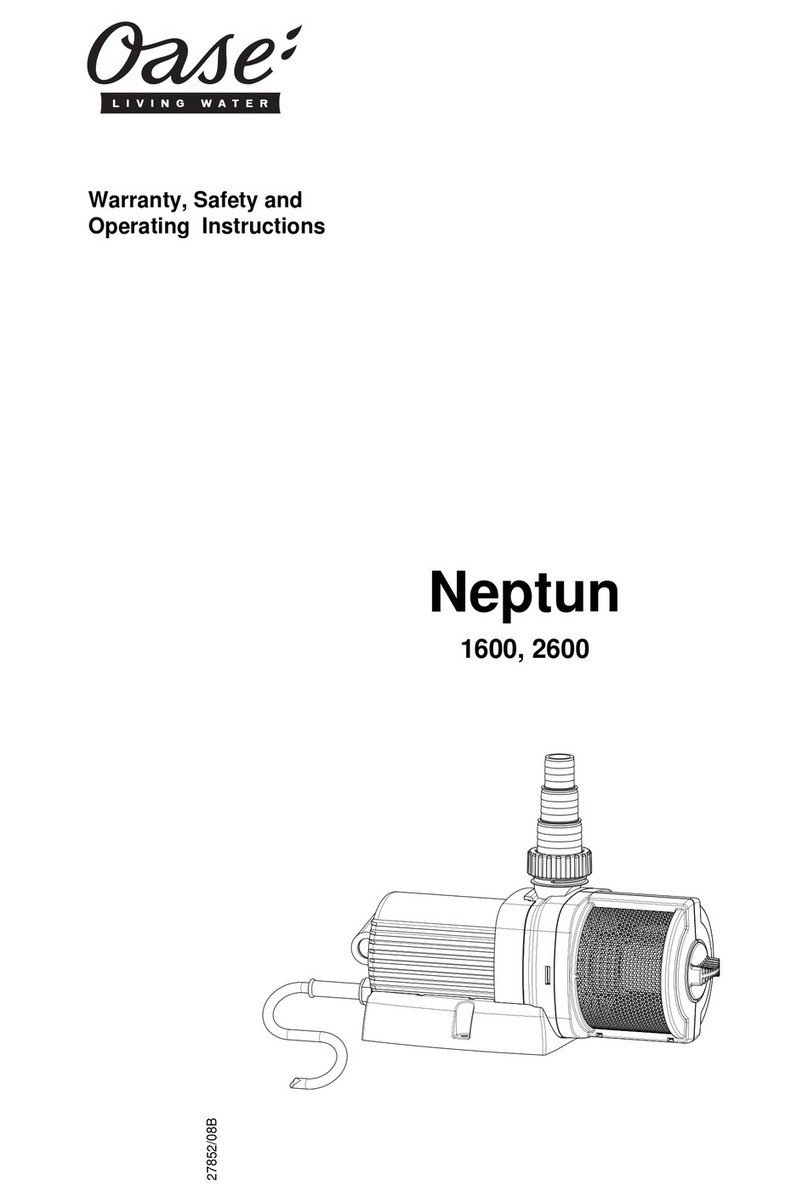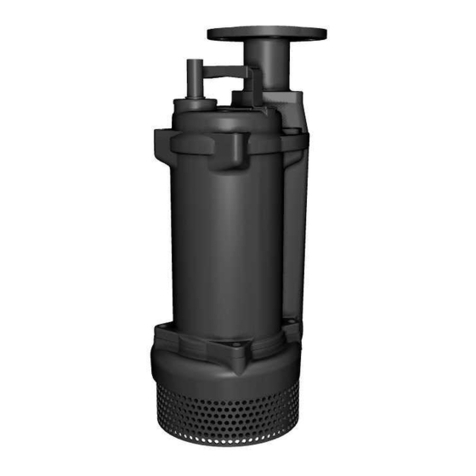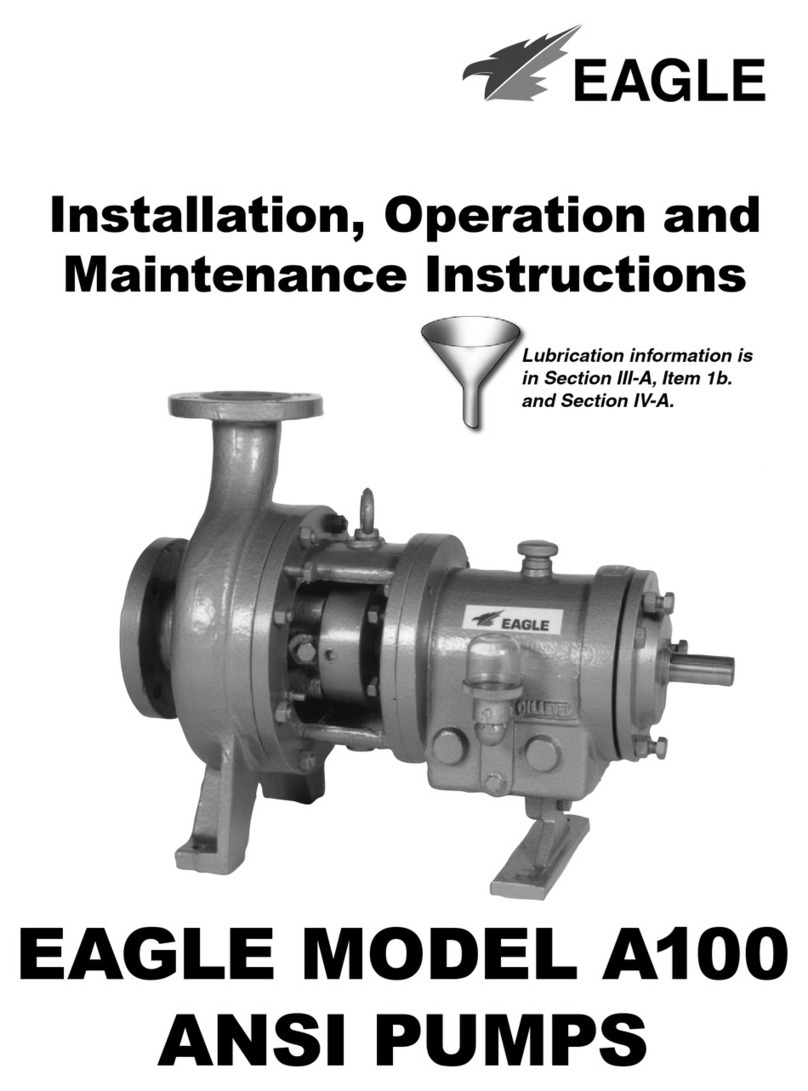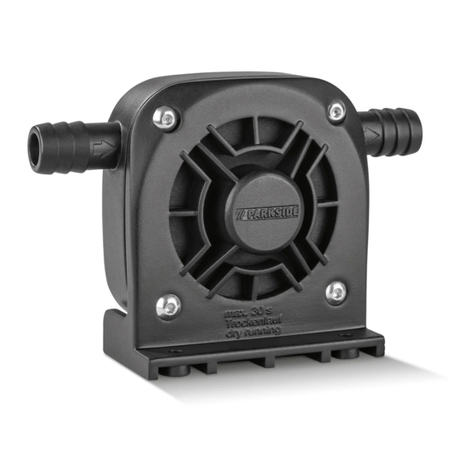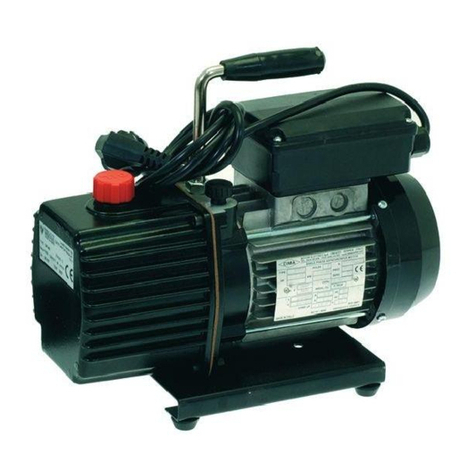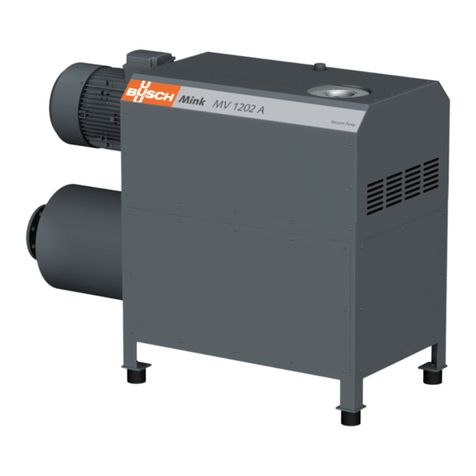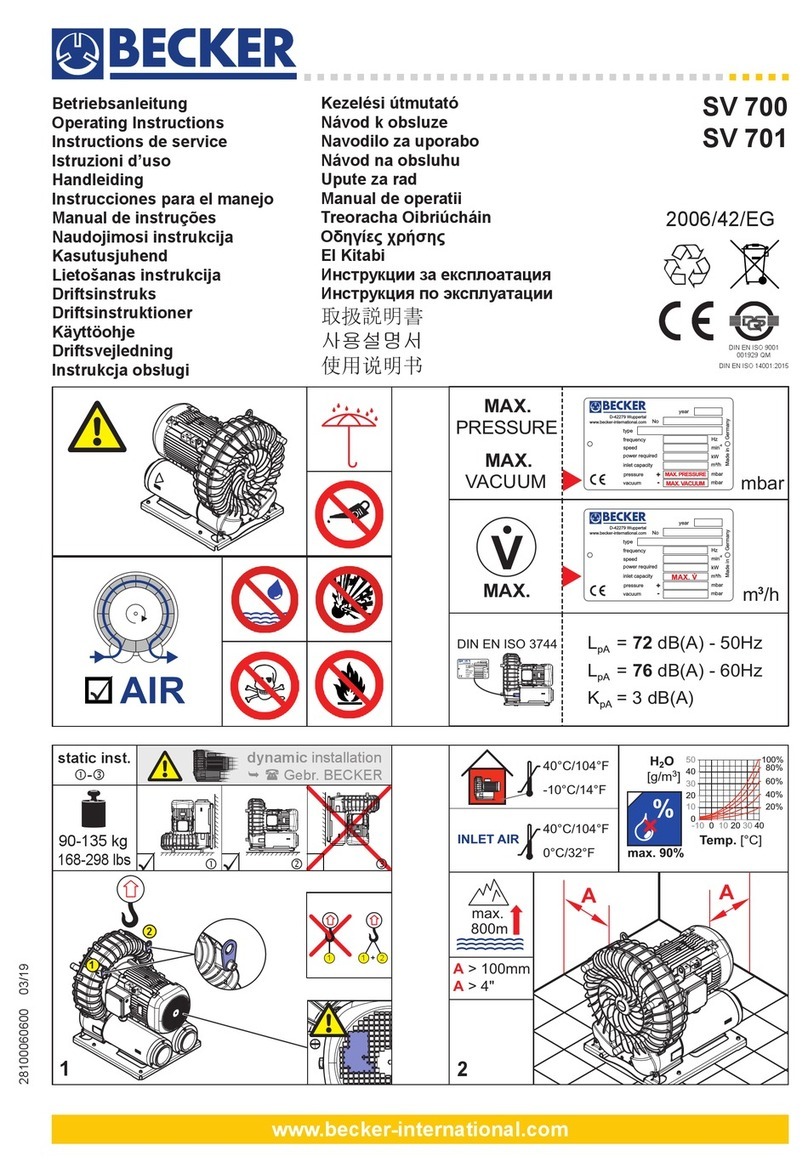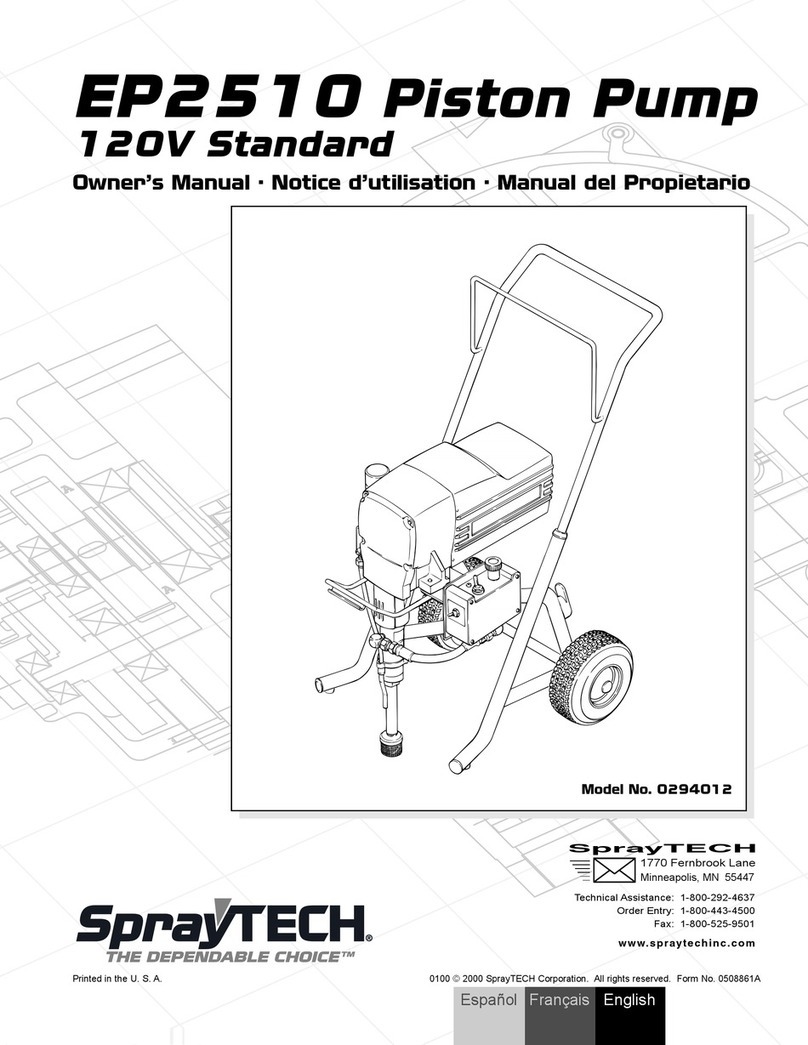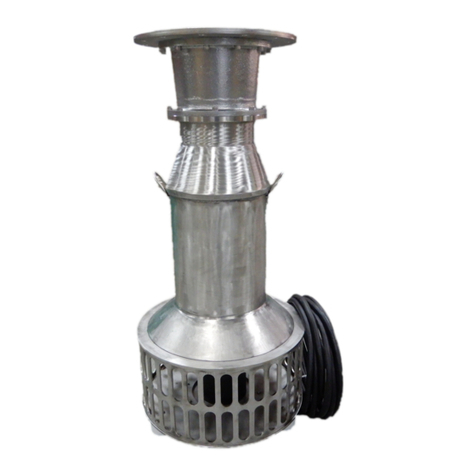6Istruzioni d'uso e manutenzione
ATTENZIONE
Norme di sicurezza
a) questa apparecchiatura è destinata esclusivamente ad operatori professionalmente
preparati chedevono conoscereifondamentidellarefrigerazione,i sistemifrigoriferi,
i gas refrigeranti e gli eventuali danni che possono provocare le apparecchiature in
pressione
b) leggere attentamente il presente manuale, la scrupolosa osservanza delle procedure
illustrate è condizione essenziale per la sicurezza dell'operatore, l'integrità delle
apparecchiature e la costanza delle prestazioni dichiarate.
c) indossare adeguate protezioni quali occhiali e guanti, il contatto con il refrigerante
può provocare cecità e altri danni sici all'operatore
d) lavorare a distanza da amme libere e superci calde; alle alte temperature, il gas
refrigerante si decompone liberando sostanze tossiche e aggressive, dannose per
l'operatore e per l'ambiente
e) evitare il contatto con la pelle; la bassa temperatura di ebollizione del refrigerante
(circa -40°C), può provocare congelamenti
f) evitare l'inalazione dei vapori del gas refrigerante
g) vericare sempre che la pompa sia collegata a una rete elettrica di alimentazione
adeguatamente protetta e dotata di efficiente linea di messa a terra
h) anche se la temperatura della pompa non raggiunge mai valori elevati, accertarsi che,
durante il funzionamento, la pompa sia in una posizione tale da non causare danni
quali piccole ustioni a persone
i) fare funzionare la pompa solo in ambienti adeguatamente ventilati e con un buon
ricambio d'aria
j) prima di scollegare la pompa, vericare che il ciclo sia stato completato e che tutte le
valvole siano chiuse, si eviterà così di disperdere il refrigerante nell'atmosfera
k) non riempire alcun contenitore con refrigerante liquido oltre il 75% della sua capacità
massima
l) scollegare la pompa dalla alimentazione elettrica di rete se non se ne prevede l'utilizzo
immediato
m) durante le varie operazioni, evitare assolutamente di disperdere in ambiente il
refrigerante.
Tale precauzione, oltre ad essere richiesta dalle norme internazionali a tutela
dell'ambiente, è indispensabile al ne di evitare che la presenza di refrigerante in
ambiente renda difficile la localizzazione delle eventuali perdite.
!
ITALIANO
ITALIANO
Istruzioni d'uso e manutenzione 7
1. Introduzione alle pompe per alto vuoto WIGAM
Le pompe per alto vuoto WIGAM sono pompe rotative a palette lubricate a iniezione d’olio, a singolo e doppio
stadio, complete di valvola zavorratrice per l’eliminazione dei gas condensabili residui.
Ognistadioè dotatodiunrotoreapalettecalettatosull’alberodelmotoreelettricosenzainterposizionedigiunto;nellepompe
a doppio stadio, i due rotori sono collegati tra loro in serie in modo da garantire il migliore grado di vuoto possibile.
1.1 Caratteristiche generali
Modello della pompa DIP401 RS3D RS4D DIP402 RS9D RS15D RV25B
Portata nominale l/min 80 46 66 80 180 250 440
Vuoto nale mbar 6x10-2 1x10-2 1x10-2 1x10-2 1x10-2 1x10-2 1x10-4
Potenza installata W 180 120 120 240 370 550 550
Velocita di rotazione giri/min 2.800 2.800 2.800 2.800 1.450 2.800 1.450
Carica di olio cc 210 300 225 300 450 400 1.000
Temperatura di esercizio °C 0/+40 0/+40 0/+40 0/+40 0/+40 0/+40 0/+40
Temperatura di stockaggio °C -25/+50 -25/+50 -25/+50 -25/+50 -25/+50 -25/+50 -25/+50
Peso kg 7,2 6,4 6,5 8,2 12,00 16,00 29,50
Caratteristiche elettriche* 230/1/50-60 230/1/50-60 230/1/50-60 230/1/50-60 230/1/50-60 230/1/50-60
* Altri voltaggi e frequenze, a richiesta
** Alimentazione elettrica standard 230/1/50-60 e 380/3/50
1.2 La valvola zavorratrice
Tutte le pompe WIGAM sono dotate di valvola zavorratrice (*) da aprirsi per circa 3 minuti durante la prima fase
della vuotatura; tale dispositivo, oltre a prevenire la condensazione nel lubricante di vapori contaminanti, favorisce
lo spunto della pompa quando è ancora fredda.
2. Installazione
La pompa viene fornita priva di carica di lubricante; prima di metterla in funzione è necessario effettuare la carica
di olio nella esatta quantità suggerita dal costruttore.
2.1 Carica di olio
Tutte le operazioni di carica dell’olio e di controllo del livello vanno eseguite quando la pompa è ferma.
La pompa viene fornita priva di lubricante;pertanto, prima di metterla in funzione, è necessario immettere nel carter
della pompa olio nella quantità e del tipo suggerito dal costruttore; l’uso di lubricante diverso può penalizzarne le
prestazioni e causare danni irreversibili alle sue parti meccaniche.
Un acone della capacità di 400cc di olio minerale viene fornito a corredo della pompa.
Per effettuare la carica di olio seguire la seguente procedura:
a) svitare il tappo dell’olio posto nella parte superiore della pompa
b) versare lentamente l’olio no a quando il livello raggiunge la mezzeria della spia posta lateralmente alla pompa
c) avvitare il tappo dell’olio
Per evitare l’eccessivo riempimento, si suggerisce di versare prima l’olio in un contenitore graduato così da poterne
vericare la quantita spillata; in caso di eccessivo riempimento, è necessario svuotare la pompa e ripetere le
operazioni di carica.
2.2 Collegamento dell’aspirazione
Per ridurre il tempo necessario alla vuotatura, è indispensabile ridurre il più possibile la lunghezza del tubo di
aspirazione, aumentarne il diametro interno e mantenere il suo percorso il più rettilineo possibile.
A richiesta, il raccordo di aspirazione può essere dotato di elettrovalvola (standard per la pompa modello RV25B) per
evitare il riusso di lubricante dalla pompa al circuito evacuato in caso di improvvisa interruzione dell’alimentazione
elettrica.
2.3 Scarico dei vapori
La pompa può funzionare senza alcun raccordo di scarico; qualora si dovessero vuotare circuiti di grande volume
interno oppure gli avviamenti e gli arresti della pompa fossero molto frequenti, si consiglia di installare al posto del
tappo di dotazione un ltro disoleatore appositamente realizzato completo di recipiente di raccolta; l’olio espulso
durante il funzionamento viene captato da tale ltro, cade per gravità nel recipiente di raccolta.
ATTENZIONE
Lasciare sempre libero lo scarico della pompa; la sua occlusione provocherebbe pericolose
sovrappressioni all’interno del carter.
ATTENZIONE
Il lubricante usato non deve essere disperso in ambiente;è un riuto speciale e come tale deve essere
smaltito secondo le norme in vigore.























